Aug 05, 2025
Author:Amanda Lyu
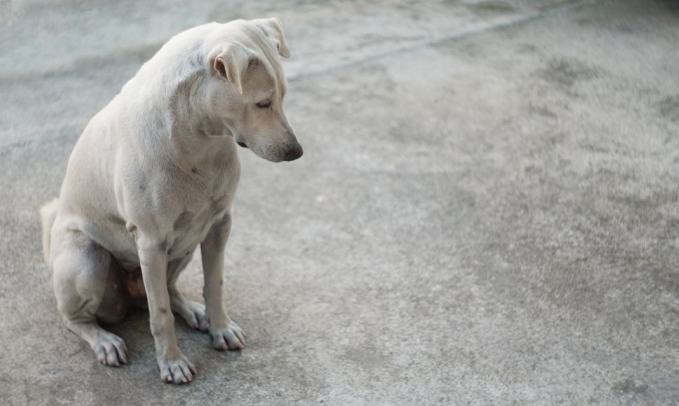
What if your dog’s sudden clinginess, restlessness, or barking wasn’t bad behavior at all—but something hormonal? Heat cycles come with more than physical symptoms. They shift how your dog acts, not just how she feels. And if you miss the early cues, you might misread her mood, miss a window of safety, or stress her out even more.
This article cuts through the confusion. We’re focusing only on the behavioral changes—not the biology. You’ll learn how to read the signs and support her without overreacting. So keep reading if you want to know what these signals really mean—and how to stay ahead of them.

When a female dog goes into heat, don’t expect drama. It’s usually quieter than you’d think. A little pacing at midnight. A random cuddle session. Then suddenly—hiding under the couch like it’s a bunker.
It’s not always easy to spot. But these behaviors? They layer. Stack. Tangle together until you’re staring at a dog who’s definitely off but won’t explain why.
She Wants Your Attention—but Only Sometimes
Hormones mess with everything. One second, she’s on your heels, pawing your calf like she’s glued to you. Later? She’s curled up alone in the laundry basket. That back-and-forth? It’s not mischief. It’s instinct wrapped in confusion.
You might notice:
● Paw taps that feel more like grabs
● Sitting way too close—then vanishing
● Sudden whining fits when no one’s around
● Rearranging stuff, like she’s begging it to respond
She’s not being needy to annoy you. That’s her way of resetting. What works best? Be around—but let her come to you. Don’t chase her with affection. Let her take the lead.
Pacing and Sleeplessness
Sleep? That’s optional now. She’s up at weird hours, circling the house like she’s on patrol. Not because of noise or anything outside—it’s all internal.
You’ll probably see:
● Back-and-forth laps near doors
● Shorter naps, more interruptions
● Long pre-bed rituals—shuffle, circle, lie down, pop back up
● Restless daytime pacing in her usual spots
This isn’t about getting out. It’s tension with no off switch. Walking helps her do something about it—even if it doesn't fully fix it.
Anxiety That Comes Out of Nowhere
Some dogs act spooked during heat. Not scared of anything real—just off. Panting for no reason. Hiding in odd corners. Ignoring food. You check for triggers. There aren’t any.
What it can look like:
● Breathing fast even when calm
● Ducking away from eye contact
● Jumping at sounds that never used to bother her
● Staring out windows like she’s expecting something
It ebbs and flows. No point in trying to calm her down on command. What helps? Keep the house chill. Skip the guests. Turn the volume down.
Mood Shifts with No Warning
This is where it gets confusing. She’s affectionate at breakfast, grumpy by lunch, and sulking by dinner. And it’s not about who’s doing what—it’s all internal.
You might notice:
● Sudden snaps at pets she normally tolerates
● Clinginess that flips into withdrawal
● Flinching when you reach to pet her
● Getting moody if the daily routine shifts even slightly
What steadies her? Consistency. Keep walks, feeding, and sleep on the same beat. Let her find balance through structure. The fewer surprises, the better she’ll manage her own ups and downs.
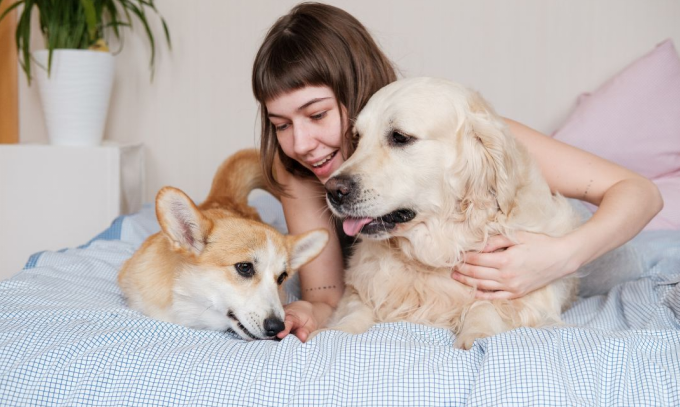
Hormones do more than affect mood—they influence drive, instincts, and habits. For female dogs in heat, those instincts often show up in physical behavior that catches owners off guard. You might find her glued to the door, circling the backyard fence, or suddenly uninterested in food. These aren’t random changes. They follow a pattern, and that pattern matters.
Escaping Isn’t Defiance
Dogs don’t suddenly turn bad during heat. What looks like defiance—bolting through doors, scratching at gates, or slipping collars—is actually a response to reproductive instinct. Even the most obedient dogs can become laser-focused on finding a way out.
Common escape behaviors include:
● Scratching at doors or digging near fences
● Pulling harder on leashes during walks
● Standing near exit points for long periods
● Increased interest in unfamiliar outdoor scents
If she’s never tried to escape before, the behavior can feel alarming. This isn’t about a lack of training. It’s about instinct outweighing routine. Double-check doors, reinforce fencing, and limit outdoor time during peak cycle phases.
Mounting Isn’t Just a Male Behavior
Mounting is often misinterpreted as dominance or aggression, but in female dogs in heat, it’s typically behavioral and hormonal. You may notice her mounting toys, other pets, or even furniture. It’s not about hierarchy. It’s a physical response to internal shifts she doesn’t know how to express.
Watch for:
● Mounting soft toys, pillows, or bedding
● Frequent rubbing or restlessness in her pelvic area
● Attempts to mount other animals, regardless of gender
These behaviors tend to appear in the middle to later stages of the heat cycle. Instead of scolding, redirect her focus. Chew-safe toys or short enrichment activities can help burn off energy without triggering more frustration.
Appetite Can Go Up or Down
Feeding gets weird during heat. Some days, she won’t touch her bowl. Other times? She acts like she’s starving. It’s not about liking the food—her hormones are pulling the strings. And if her gut’s already picky or her meals are usually on a clock, those skipped meals can throw everything off.
That’s why feeding needs to stay steady, even when her appetite doesn’t.
A smart feeder—like the WOpet Heritage View Automatic Pet Feeder —takes the guessing out of it. You set the schedule, tweak the portion, and watch from your phone to see if she’s into it or ignoring it. Super helpful when her hunger’s all over the place and you’re not home to check.
Stuff to notice:
● Food left sitting, or slow, distracted eating
● Asking for more—but way off schedule
● Sniffing the bowl like she’s curious, then walking away
● Drinking less or more water than usual without a pattern
Things usually even out after the cycle ends. But until then? Try adjusting. Maybe smaller meals more often. Quieter feeding space. Or meals during chill moments—not when she’s pacing or worked up.

The behaviors that slip under the radar? They’re usually the ones that don’t scream for attention. Rearranging a blanket. Sniffing the same spot twice. No big deal, right? But then she’s stashing socks under the couch or peeing on every mailbox like it’s urgent. That’s not randomness. It’s something deeper. A hormonal shift—one that’s trying to tell you something. You’ve got to catch it before you misread it.
Nesting Behavior Isn’t Just Rearranging for Fun
It’s one of the more visible signs, but people still brush it off. Nesting isn’t her being quirky or fussy. It’s built in. Reproductive instinct, plain and simple. Watch closely and you might spot her dragging old t-shirts into corners. Or digging at a blanket like she’s prepping for winter. That’s not play—it’s preparation.
Things she might do:
● Hoard stuff—soft toys, your hoodie, whatever she can carry
● Dig at her bedding like she’s creating a crater
● Push crate cushions into a pile (and then redo it five minutes later)
● Sit tucked into weird spots she usually ignores
Sometimes she even gets a little possessive. Growls when you get near her stash. Doesn’t want company in that space. So don’t mess with it. No need to tidy. Let her have that zone. Keep things low-key, background quiet. That’s more helpful than moving her things or fussing with the space.
Increased Urination Isn’t Always About Hydration
During heat, urination takes on a communication function. Your dog may start urinating more frequently—even in small amounts—both indoors and out. This isn’t a housebreaking setback. It’s her way of leaving scent cues that signal her hormonal status.
Look for these patterns:
● Marking inside the home—even in dogs who’ve never done so
● Stopping to urinate multiple times during one walk
● Restless sniffing before and after urinating
● Lifting her leg in unfamiliar ways or angles
This behavior is commonly mistaken for a urinary tract issue, but timing matters. If this pattern starts and ends in sync with her cycle—and no other medical symptoms appear—it’s likely heat-related.
You can reduce indoor marking by:
● Blocking access to commonly marked areas
● Providing extra potty breaks throughout the day
● Using enzymatic cleaners to fully neutralize scent trails
● Maintaining calmness in the home to minimize stress-driven marking
Some dogs may also resist urination during walks if they feel anxious or overstimulated. In that case, offer quiet breaks and consistent walking routes where she feels secure.
Each part of the heat cycle brings something new. One day, she’s quiet. The next—wild-eyed and pacing. Some signs feel tiny, others hit you like a wave. Doesn’t really matter which one shows up first. What matters is knowing it’s all part of the pattern. That way, you don’t overreact—or ignore what matters.
Here’s what you need to remember:
● Mood swings, clinginess, anxiety—it’s all in the mix
● Escaping and mounting don’t mean she’s acting out
● Sleep and food habits might bounce around unpredictably
● Nesting and peeing weirdly? That’s instinct, not misbehavior
Now, the chaos won’t totally disappear—but WOpet helps take the edge off. You get remote feeding, a camera to peek in, and tools to keep her day on track when she’s not. The WOpet Pioneer Plus keeps meals steady so you can breathe, even when she’s all over the place.
Label:
Popular Post
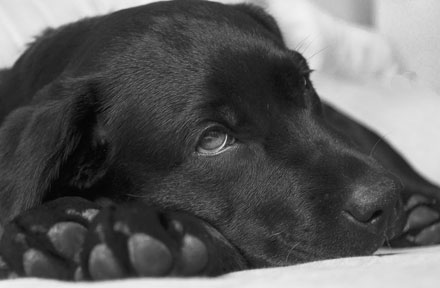
What to Feed a Sick Dog With No Appetite? [2025 Guide]
May 16, 2023
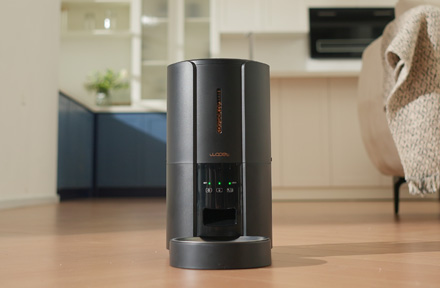
Troubleshooting Common Issues with Automatic Pet Feeders: Tips & Tricks for Pet Owners
Oct 26, 2023
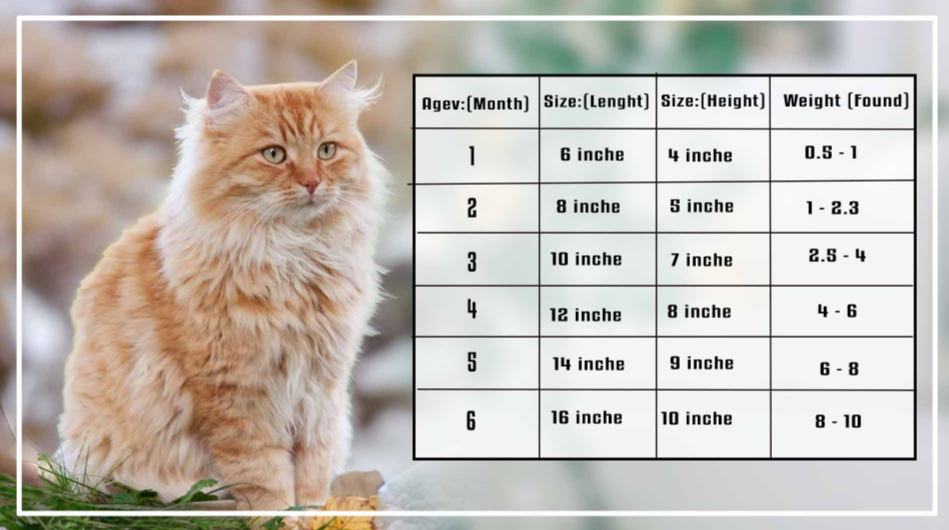
What is a standard Cat Weight chart by age Kg?
Mar 19, 2025
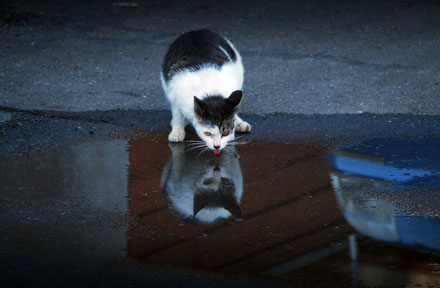
Why Does My Cat Cough After Drinking Water? 8 Potential Reasons
Mar 13, 2023
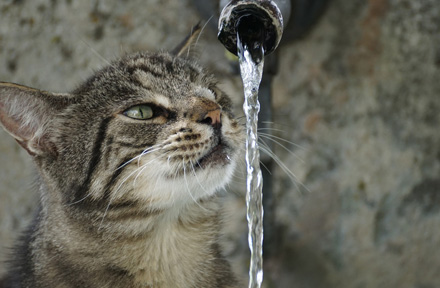
Why is My Cat Throwing up Water? Top 5 Causes Here
Feb 08, 2023
$109.99
$129.99
Copyright © 2025 WOPET. All Rights Reserved.